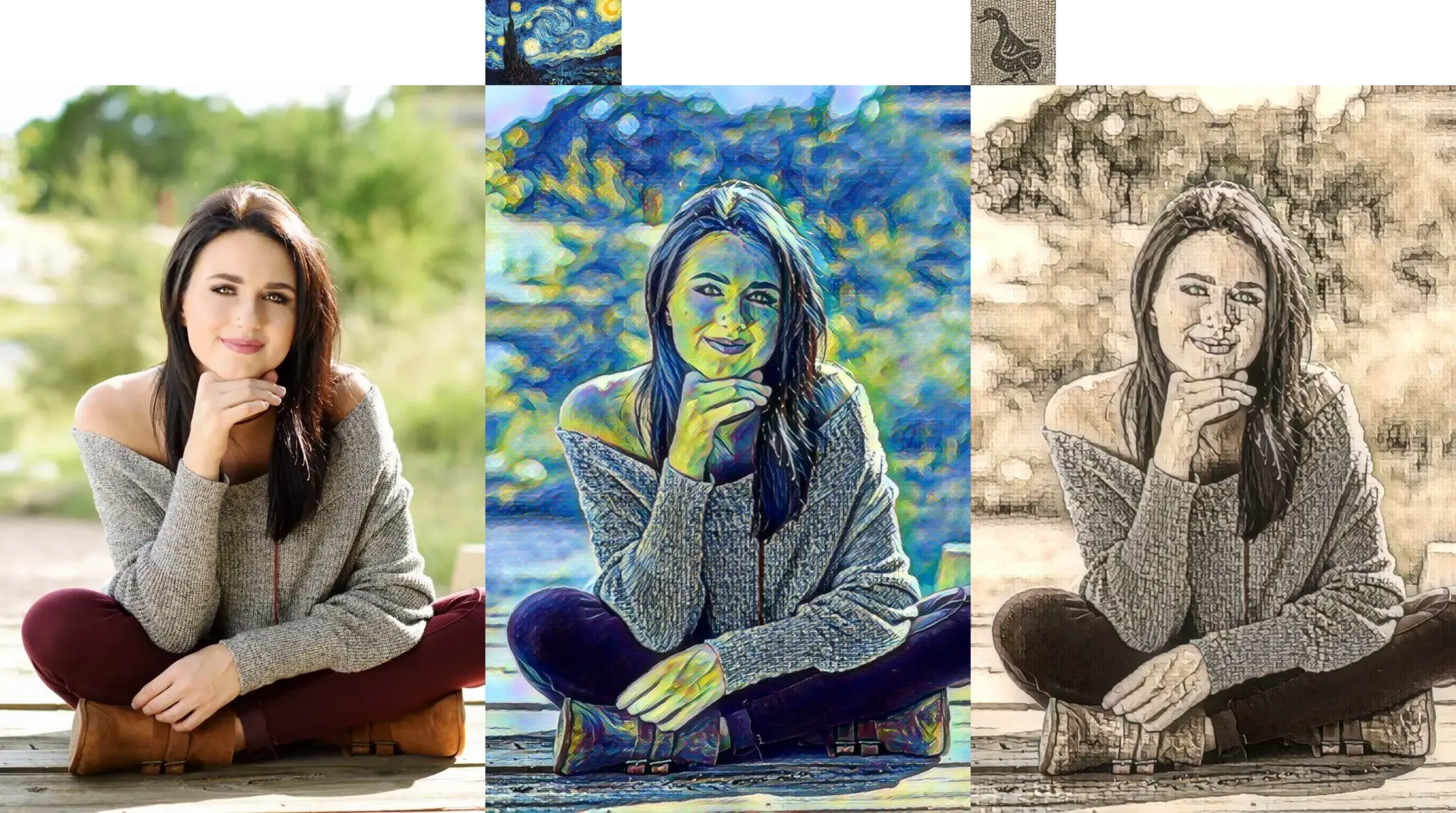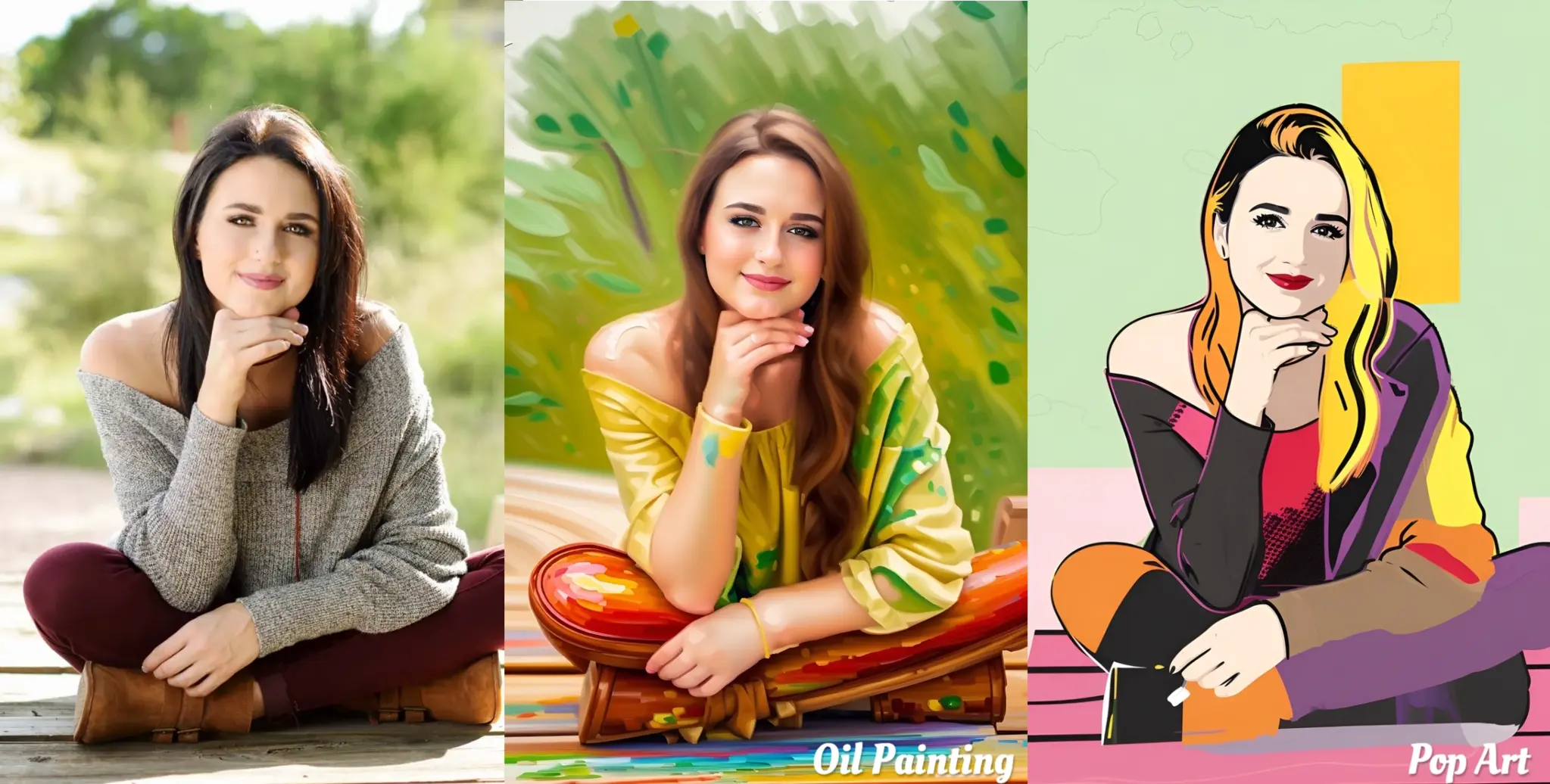DeepArt and Generative AI
In the past decade, we've seen a seismic shift in the way art is created and experienced, thanks to the rapid advancements in artificial intelligence (AI). One of the most intriguing intersections of AI and creativity is found in the world of DeepArt and Generative AI. These technologies are not just tools for artists; they are redefining what art can be and who can create it.
What is DeepArt?
DeepArt refers to a form of AI that uses deep learning algorithms, particularly convolutional neural networks (CNNs), to analyze and replicate artistic styles. By feeding these networks thousands of images of a specific style—whether it's the swirling skies of Van Gogh or the geometric shapes of Picasso—DeepArt can learn to apply these styles to new images. The result is a fusion of content and style that can turn a photograph into a painting that looks like it was created by a master artist.
The process behind DeepArt is fascinating. The AI first separates an image into two components: content and style. The content is the basic structure and form of the image—what it represents. The style is the aesthetic layer that sits on top, defined by colors, brushstrokes, textures, and patterns. By manipulating these layers, DeepArt can create images that retain the structure of the original photo but are imbued with the visual qualities of a famous painting.

Generative AI: Beyond Imitation
Generative AI is a vast and rapidly evolving field that goes beyond merely imitating existing styles or artworks. It opens up new avenues for creativity by enabling machines to produce entirely original content, often in ways that were previously unimaginable. Notable examples of text-to-image models, such as Midjourney, Stable Diffusion, and the latest, Flux, demonstrate the vast capabilities of this technology.
Another fascinating category within generative AI focuses on transforming photos into different art styles while preserving the original image content. A prime example of this is PortraitArt, a model that stands out for its ability to create artwork that more authentically reflects existing artistic styles, rather than merely imitating a single reference image like its predecessor, DeepArt. PortraitArt’s capacity to generate art that resonates more genuinely with established styles highlights the evolving sophistication of generative AI in producing nuanced and diverse creative outputs. Here is a review of selfie generators that uses generative AI.

The Future of Art in the Age of AI
As AI continues to evolve, so too will its role in the creative process. We may see the emergence of hybrid art forms that blend human and machine creativity, leading to new genres and styles. Artists might collaborate with AI in ways that were previously unimaginable, using these tools to explore ideas and aesthetics that push the boundaries of what art can be.
Moreover, the accessibility of AI-powered art tools could lead to a cultural renaissance, where more people than ever before engage in artistic creation. This could result in a proliferation of new voices and perspectives in the art world, enriching our global cultural landscape.